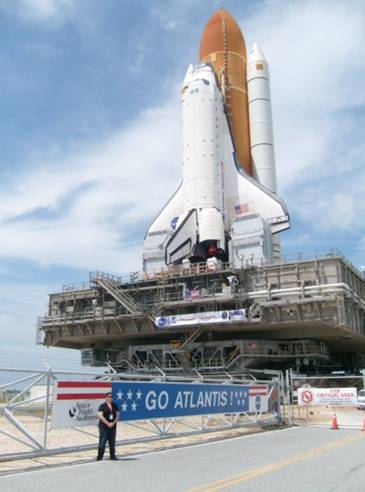 |
On September 10, 2008, the largest and highest-energy particle accelerator known as the Large Hadron Collider (LHC) ran its first test. This gigantic experiment, which contains a tunnel that is 17 miles in circumference, is expected to investigate the validity (and limitations) of our current model for the basic forces of nature and for the most fundamental particles.
I was delighted to read in the description of the experiments, the two paragraphs that I enclose below, one from the New York Times, and the other from the Washington Post.
New York Times
“Eventually, the collider is expected to accelerate protons to energies of seven trillion electron volts and then smash them together, recreating conditions in the primordial fireball only a trillionth of a second after the Big Bang. Scientists hope the machine will be a sort of Hubble Space Telescope of inner space, allowing them to detect new subatomic particles and forces of nature.” (Read full article)
Washington Post
“…astrophysicists have observed that visible matter accounts for only 4 percent of the universe. By looking at gravitational effects — for instance, how fast galaxies spin — they can guess that there is more stuff out there than they can see. But what is this “dark matter?” Could dark matter be composed of “supersymmetric” particles, which might pop up in the collisions at CERN? For this reason, some people have called the Large Hadron Collider the ‘Hubble telescope of inner space’.” (Read full article)
Once again, the Hubble Space Telescope, is given here as a symbol of scientific excellence, and as the discovery machine that EVERYONE can recognize.


